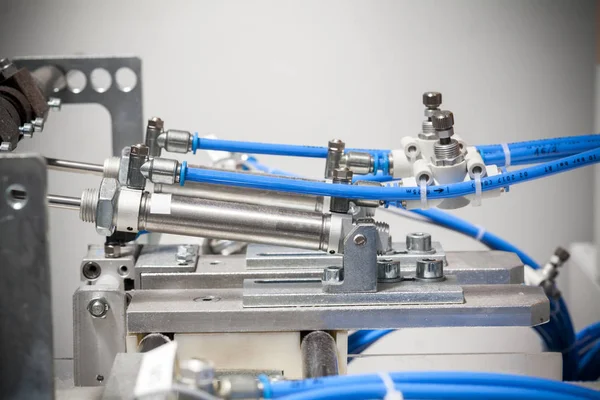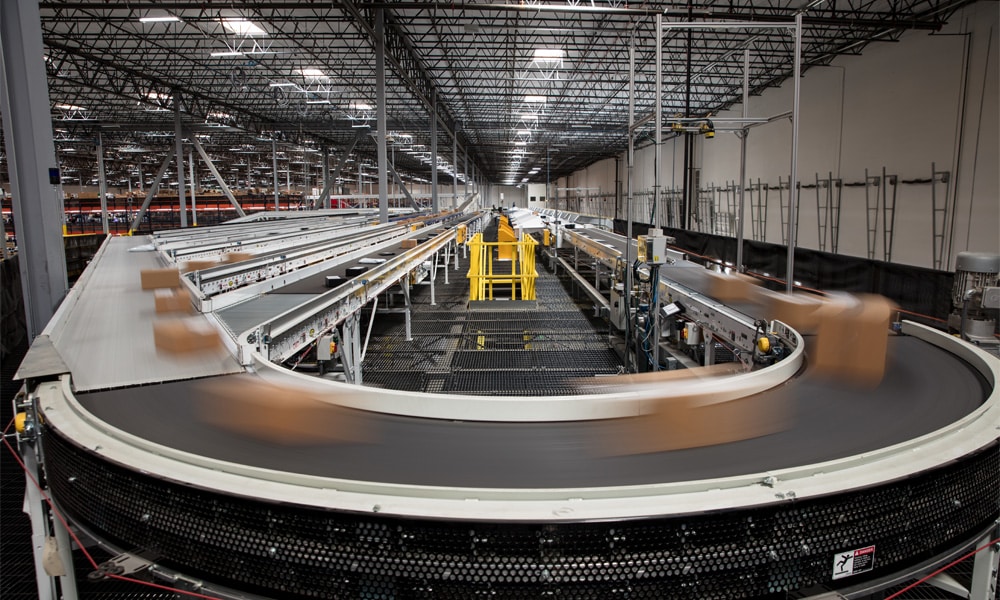Why does precision calibration matter for rotary airlock valve performance?
When managing bulk material handling in pneumatic conveying systems, the precise control of material flow determines the overall efficiency of the operation. The proper functioning of each component contributes significantly to maintaining consistent production rates and preventing material wastage. A rotary air lock valve stands as a crucial component in this system, serving as both a seal and a metering device.
System optimization and control parameters
The relationship between clearance settings and operational efficiency directly influences material handling capabilities. Proper calibration ensures optimal clearance between the rotor and housing, preventing both material leakage and excessive wear. These settings require careful attention during initial setup and regular maintenance intervals to maintain peak performance levels.
Maintaining pressure differentials

Precise calibration helps establish and maintain correct pressure differentials across the valve assembly. This balance prevents unwanted air leakage while ensuring smooth material transfer. The proper pressure differential reduces energy consumption and maintains system stability throughout operation cycles.
Performance metrics and operational efficiency
Regular monitoring and adjustment of key performance indicators help identify potential issues before they impact production. These metrics include:
- Material transfer rates
- Power consumption patterns
- Rotor speed consistency
- Pressure differential readings
- Clearance measurements
Critical calibration points
Understanding the critical points requiring precise calibration helps maintain optimal performance:
- Rotor blade alignment – The proper positioning of rotor blades relative to the housing ensures consistent material flow and minimizes wear patterns.
- Housing clearance settings – Maintaining appropriate clearances prevents material buildup while preserving the pressure seal.
- Drive system synchronization – Proper timing between the drive system and rotor movement enables smooth operation and prevents mechanical stress.
Integration with control systems
Modern manufacturing environments demand seamless integration between components and control systems. The rotary airlock valvesrequire precise calibration to respond accurately to control signals, maintaining synchronized operation with other system components. This integration ensures proper material flow timing and prevents system disruptions.
Maintenance and recalibration schedules
Establishing regular maintenance intervals helps preserve optimal performance levels. These schedules should include:
- Inspection of wear patterns
- Verification of clearance settings
- Assessment of seal integrity
- Evaluation of drive system performance
- Validation of control system response
Impact on system longevity
Proper calibration extends component life by reducing wear and preventing excessive stress on mechanical parts. This attention to detail helps maintain consistent performance while minimizing maintenance requirements and replacement costs.
Performance validation methods
Regular performance validation ensures calibration settings remain within acceptable ranges:
- Material transfer rate verification
- Pressure differential monitoring
- Power consumption analysis
- Wear pattern evaluation
- Operational noise assessment
System optimization benefits
Maintaining precise calibration delivers several operational advantages:
- Consistent material flow rates
- Reduced energy consumption
- Minimized material waste
- Extended component life
- Improved production efficiency
Continuous improvement strategies
Developing strategies for ongoing system optimization helps identify opportunities for enhanced performance:
- Analysis of operational data
- Evaluation of maintenance records
- Assessment of system efficiency
- Implementation of improvements
- Validation of results
This systematic approach to precision calibration ensures optimal performance while maintaining system reliability and efficiency. Regular attention to these aspects helps preserve the integrity of pneumatic conveying systems and supports consistent production operations.




